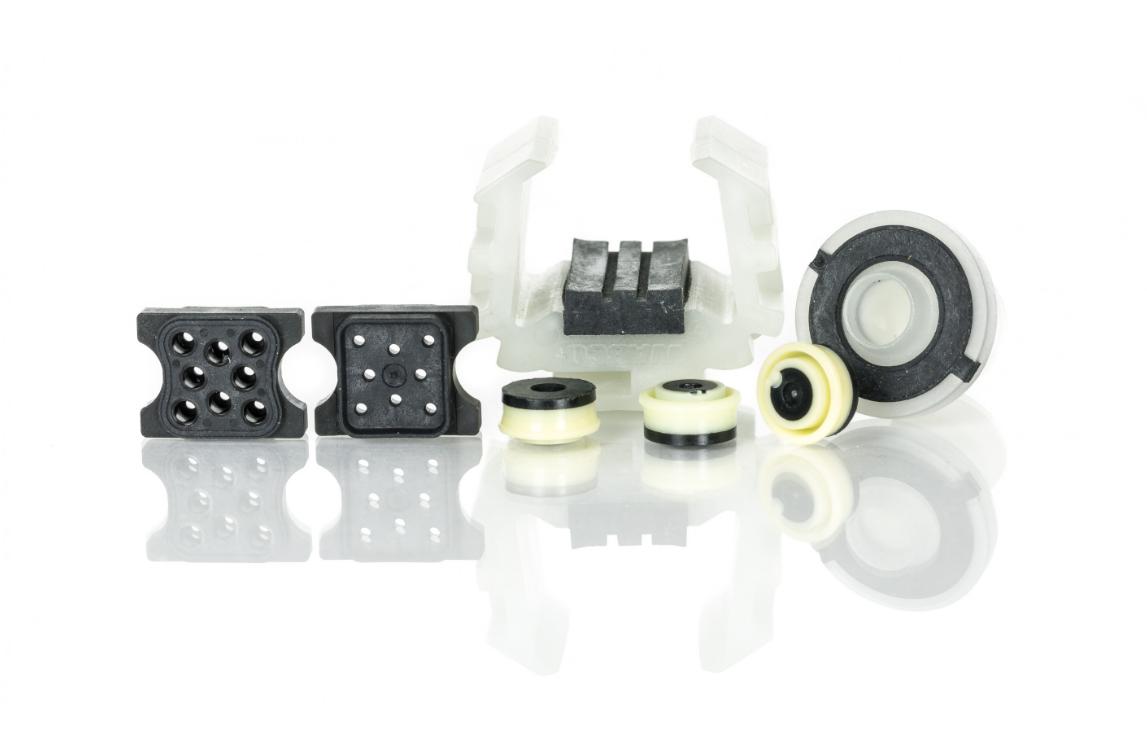Plastic Injection Molding
What is the Ultimate Guide for Plastic Injection Molding?
What is the Plastic Injection Molding Process?
Since plastic injection molding makes it possible to produce many identical parts in huge quantities, plastic injection molding is preferred. The acquisition of the mold and using the mold to produce parts are the only two stages needed for the injection moulding process, which isn't extremely complicated. Additionally, virtually always, producing parts in medium to high volumes using injection moulding is the least expensive option.
The capacity to scale production in large quantities is injection molding's main benefit. After the initial costs are covered, the cost per unit for injection molded products is quite low. Additionally, when more parts are made, the price tends to fall dramatically.
Types Of Plastic Injection Molding
There are numerous variations of the injection molding process, including:
• Cubes Molding
• Using dies
• injection molding with gas assistance
• injection molding with liquid silicone rubber
• injection molding of metal
• small-scale injection molding
• Molding via reaction injection
• injection molding for thin walls
How Does The Plastic Injection Molding Process Work?
Making the mold is the first step in the injection molding process. The majority of molds are constructed of metal, typically steel or aluminum, and are carefully machined to fit the characteristics of the product they are to manufacture.
The material for the part is fed into a heated barrel and combined using a helical-shaped screw after the mold-maker has made the mold. Heating bands melt the substance in the barrel, and the liquid metal or plastic is then poured into the chamber of the mold where it chills and solidifies to take on the form of the mold.
Using coolant lines that circulate water or oil from an external temperature controller helps shorten the cooling process. When the material has hardened, plate molds (also known as "platens") that are mounted with mold tools open so that ejector pins can remove the item from the mold.
A two-shot mold is an injection molding technique that allows different materials to be blended into one object. This method can be applied to make objects with various performance qualities, add colors to a part, or give plastic products soft touch.
Molds might have a single cavity or many cavities. It is possible for multiple cavity molds to produce pieces with the same geometry or with distinct geometries in each cavity. Since they have poor mechanical qualities and can be vulnerable to wear, distortion and damage as a result of the injection and clamping forces, aluminum molds are not ideal for high-volume manufacturing. Steel molds are more expensive than aluminum molds despite being more robust.
Benefits of Using Plastic Injection Molding
There are numerous benefits to selecting injection molding as your preferred method for producing plastics.
• First of all, its uniformity of certain aspects consistently demonstrates its ability to perform absolute correctness.
• Prototypes with complex geometry are handled with great precision in a quick, highly effective way.
• The post-mold product's increased strength and flexibility are important factors as well.
• With its machinery's high-strength components, it is a creative way.
• Because of its strength in co-injection molding, it also has the ability to deal with many plastic types concurrently. It is easily reproducible and has low scrap rates.
• Furthermore, because of how much it reduces manufacturing costs overall by having minimal labor expenses, it is frequently employed and possibly the most popular way. Compared to plastic machining, long-term scheduling procedures significantly reduce expenses. Not to mention that it is a method of mass production that is environmentally sustainable.
Things to Consider Before Choosing Plastic Injection Molding Process for Production
The following things should be kept in mind before choosing the plastic injection molding process for production.
• Cost: Given the price of the equipment and the molds themselves, starting an injection molding business can be expensive.
• Manufacturing Quantity: To assess whether injection moulding is the most economical production technique, it is essential to determine how many parts you wish to manufacture.
• Geometry and Design: Making your products with fewer parts and simpler geometry will make injection moulding simpler. In order to avoid production problems, the mold tool's design is also crucial.
• Keep the Production Value in Mind: Utilizing machines with hot runner molds and well-planned tooling will help production along with reducing cycle time. Hot runner systems and other minor adjustments might result in production cost savings for your items. Reduced assembly requirements will also result in cost savings, particularly if you are producing thousands or even millions of pieces.
Issues Related to Plastic Injection Molding Process
Numerous problems, some of which have existed for many years, surround the plastic manufacturing industry. Here are a few recent concerns that have an impact on plastic molding and other plastic-related businesses.
• Risky Future: It is a well-known clear indication that oil reserves will run out eventually, and since they are the primary source of plastic materials, their diminishing chances are directly related to the future of the production of plastic molds. If no new alternate solutions are discovered, there won't be any plastic molding businesses left standing in the next 80 years.
• Getting Access to the Raw Material: Many businesses are finding it more difficult to obtain raw materials, which has driven up the price of plastic molding operations worldwide.
A fantastic method for finished product production on a large scale is injection molding. We at Moulds Asia are committed to providing plastic molding solutions for a variety of residential and industrial size requirements.
To guarantee that we deliver the best plastic products that meet the sustainability criteria, we have a team of professionals who are committed to their work. Contact us!

